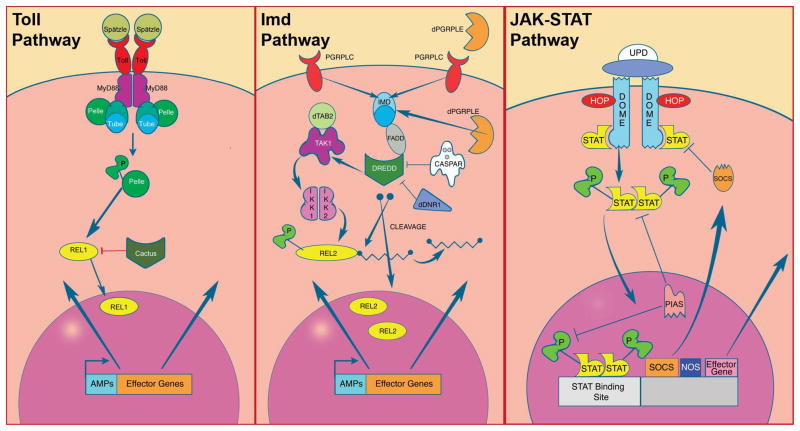Fig. 1. The Toll, Imd and JAK-STAT Immune Signaling Pathways.
Upon the recognition of bacteria or Plasmodium, the Toll pathway is stimulated by the binding of the ligand Spätzle with the Toll transmembrane receptor. This triggers a series of molecular events that culminate in the activation and translocation of Rel1 into the nucleus, upregulating the transcription of immune genes that are responsible for microbial killing. Numerous studies conducted in Anopheles have highlighted the Imd pathway as the most efficient immune pathway in the defense against the human malaria parasite, Plasmodium falciparum. The Imd pathway is stimulated when the transmembrane PGRP-LC receptor recognizes bacteria or Plasmodium. This leads to a signaling cascade that will result in the cleavage of Rel2-F and the translocation of active Rel2-S into the nucleus, upregulating the transcription of immune genes. The JAK-STAT Immune Signaling Pathway has been implicated in antibacterial, antiviral, and antiplasmodial defense in mosquitoes. The JAK-STAT pathway is initiated by the binding of the cytokine ligand Unpaired (UPD) to the transmembrane receptor DOME. This then leads to the eventual nuclear translocation of STAT and transcriptional activation of immune effector genes.

